
MarinTrust, MSC collaboration will target marine ingredient supply chains
Two global wild-capture fisheries standards holders will be working together to enhance cooperation within marine ingredient supply chains.
Study results support for TACs for rock lobster in proportion to the previous year’s catch per unit effort, and accounting for climate change impacts.

Two global wild-capture fisheries standards holders will be working together to enhance cooperation within marine ingredient supply chains.
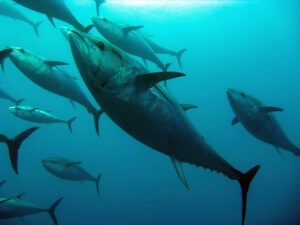
ISSF’s latest report shows 99.1 percent of participating tuna companies comply with 33 conservation measures.
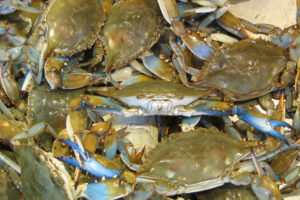
Blue crab byproducts – proteins, lipids, chitins, minerals and pigments – can reduce environmental impacts and create valorization opportunities.
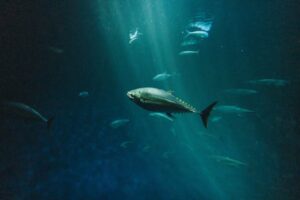
New measures enhance responsible fisheries management of tuna and swordfish, emphasizing science, conservation and small-scale fisheries.
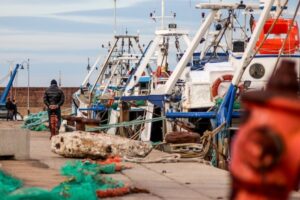
A new project seeks to develop circular fishing gear and port solutions to reduce marine plastic pollution and support responsible fisheries.
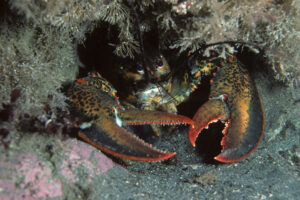
Image-based method to estimate the length of American lobsters provides high-quality data and helps engage fishermen in fishery management.
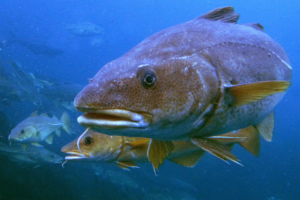
Bottom trawling could decrease the spawning of cod, and other fishes with pelagic eggs, through concentrations of suspended sediments.
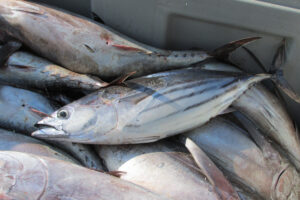
Study's findings change our understanding of the influence of atmospheric dust on marine ecosystems and on the management of fisheries.
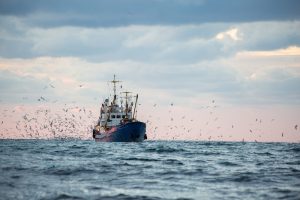
New research reveals 324 companies control global fish transshipment, enhancing seafood traceability and governance in the supply chain.
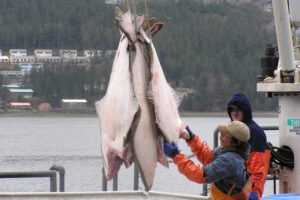
Shifting Atlantic halibut distribution and abundance patterns are linked to thermal conditions. Continuing warming will expand habitat.
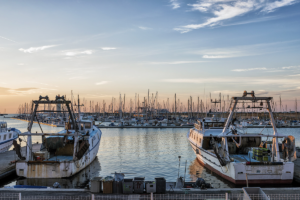
To prevent flawed science from impacting policies, scientists call for objectivity, transparency, accuracy and the monitoring of unreliable publications.
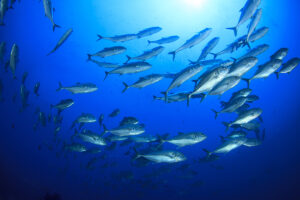
Sustainable Fisheries UW examines a recent paper in PNAS that claims fishing effort is not displaced by marine protected areas.
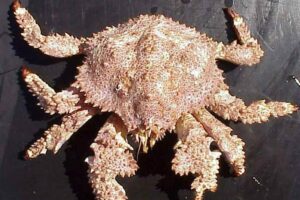
Findings provide information on the reproductive capacity of brown box crabs, needed for evaluating the feasibility of a targeted fishery.
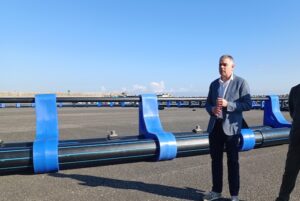
Two new submersible aquaculture facilities will be installed off Getaria, Spain, to try to revitalize the struggling bluefin tuna fishery.
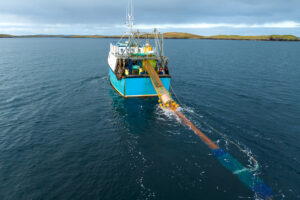
Smartrawl employs AI-enabled cameras and innovative gate hardware on fishing nets to enable bottom trawlers to sort fish, reducing bycatch.